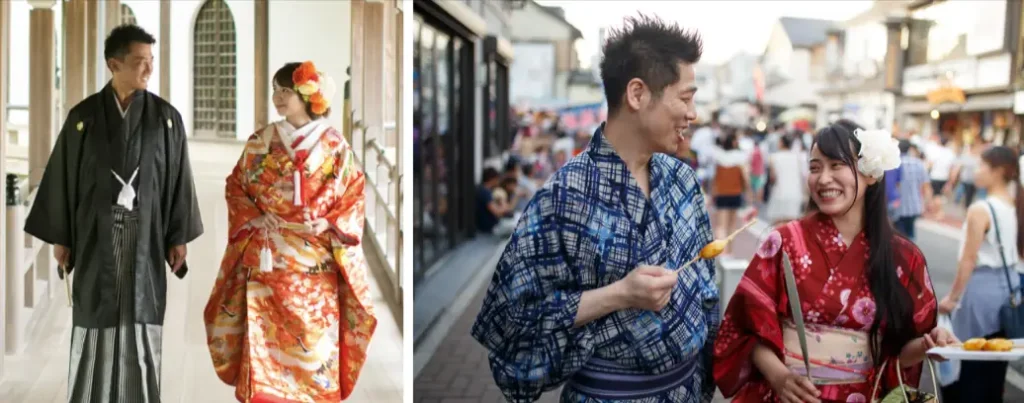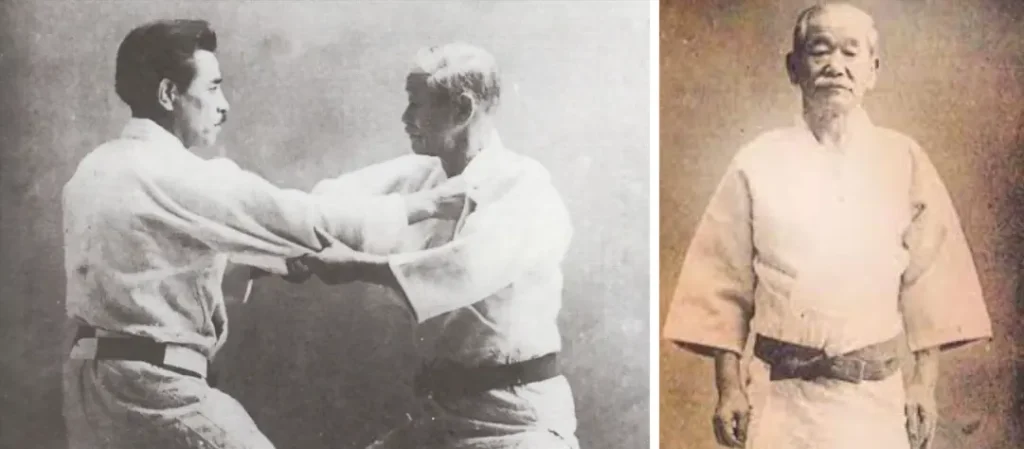What is the Difference Between a Kimono and a Judo Gi?
In the world of martial arts, there is often confusion between a gi and a kimono. In Judo, which is a popular martial art from Japan, the uniform worn by practitioners is called a “judogi” or simply “gi”. But there is always the question on the surface, mostly from judo beginners, – what is the difference between a kimono and a judo gi? As you may hear often the judo uniform is also called a “kimono”.
Let’s dot the i’s and cross the t’s in this question as there is nothing mysterious in the background. At least for most martial artists.
Is a Gi and Kimono the Same in Judo?
So to answer the question: yes, in the martial art of judo “kimono” and “gi” mean the same and are used interchangeably.
If you are in judo and hear one of these terms for the training uniform, know that they mean the same thing:
- gi
- judogi
- judo gi
- kimono
- keikogi
- dogi
The judo gi consists of three parts: pants (zubon), jacket (uwagi), and belt (obi).
The pants and jacket are usually made of heavy cotton or canvas material designed to withstand the rigorous training that takes place in judo.
What is the Difference Between Kimono and Gi?
But the question and confusion are understandable.
Firstly, most people know the kimono as traditional Japanese clothing worn for everyday use or formal events. So if you show up to your Judo class wearing a traditional Japanese kimono garment instead of a proper judo gi robe, you might get some strange looks from your fellow athletes.

And still, judokas wear kimonos. But not that traditional Japanese garment. It’s only a matter of terms. Both words – judo gi and kimono – are used in judo to name the judo clothing for training.
Why Is It Called a Gi and Not Kimono?
The terms “gi” and “kimono” are used for the robe and the whole set of the uniform that is worn in many martial arts disciplines, including judo. But most judo practitioners prefer to use the term “gi” or “judo gi”.
In fact, the explanation of the issue of different names used is very simple and “hides” in the etymology of the Japanese language.
The suffix “gi” originates from Japanese and is translated as “dress” or “clothes”. The word “gi” is commonly combined with other words. While in the Western context, it is often used to refer to a martial arts uniform, it’s important to note that the term extends beyond martial arts and has broader applications.
When we add “gi” to a specific word, such as “judo gi”, it signifies an item of clothing worn for the purpose of judo. That’s all.
In martial arts disciplines, we use “judogi”, “BJJ gi“, or “karategi” to refer to the complete uniform worn during practice.
The Japanese word “kimono” has, in fact, the same meaning – “thing to wear”.
Judo was developed by Japanese educator Jigoro Kano in the late 19th century. Kano drew heavily on traditional Japanese martial arts like jujitsu, but he wanted to create a more modern and scientifically-based system of training.
Inspired by the traditional kimono and other garments of Japan, Kano developed the judogi as a derivative of these traditional attires. In doing so, he pioneered a new era in martial arts clothing by introducing a specialized uniform designed specifically for training purposes.

He created a new uniform for his students to wear during practice and competition – one that would be more durable and functional than traditional samurai clothing.
Today, the term “gi” is widely accepted across many different martial arts disciplines around the world as a way to describe this distinctive type of robe-like garment.
Whether you are practicing judo or another type of martial art like karate or jiu jitsu, chances are you will be wearing some form of gi robe during your training sessions.
Is a Gi and Kimono the Same Color in Judo?
Yes, as the terms “gi” and “kimono” themselves are the same and interchangeable, they both have the same colors – white or blue, depending on the preferences, dojo rules, and tournament requirements.
As we discussed here above, in judo there is no “Gi vs Kimono” but “Gi or Kimono”. Depending on the preferences of a judoka, the judo uniform can be called whether gi or kimono. The terms themselves don’t determine the colors of judogi.
Conclusion
Is There a Difference Between a Gi and a Kimono?
Finally, to consolidate information:
The judo gi and the judo kimono are essentially the same thing. They refer to the traditional uniform worn in the practice of judo.
It’s like saying “tomato” or “tomato” – same thing, different pronunciations.
You see, the term “gi” is often used in Japanese martial arts, including judo. It’s a catch-all word for uniforms worn in various disciplines. On the other hand, “kimono” typically refers to the traditional Japanese garment worn for formal occasions that is where confusion may arise among martial arts beginners.
Is a gi a Kimono?
So, when it comes to judo, whether you call it a gi or a kimono, you’re referring to the same attire. It’s a sturdy, heavyweight outfit crafted from durable cotton to withstand the throws, grips, and intense training sessions that judo entails.
Next time you step onto the judo mats, don’t get caught up in the terminology. Just focus on honing your skills, wearing your trusty gi or kimono, and embracing the rich heritage of this captivating martial art.
The traditional kimono remains an important symbol of Japanese culture today, while the judo gi embodies centuries of martial arts tradition. By understanding these important distinctions between a kimono and judo gi, we can gain a deeper appreciation for both garments and their cultural significance in Japan today.